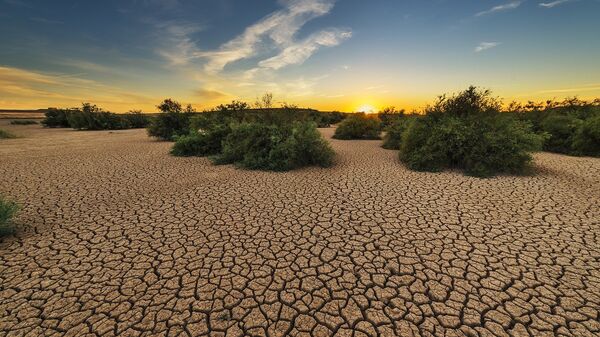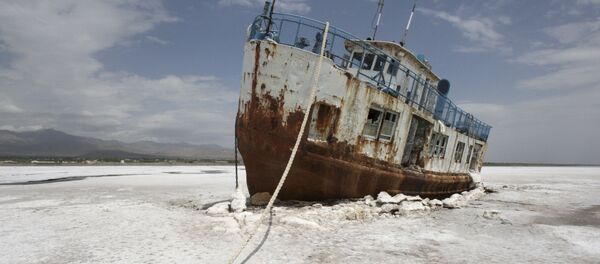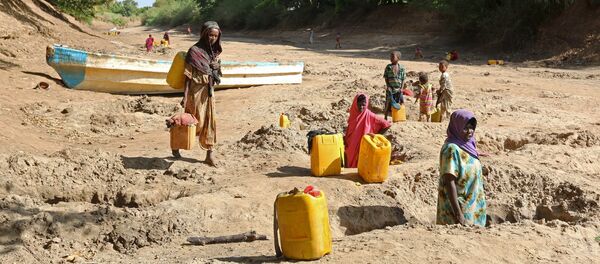Climate fluctuations correlate with Earth’s movement in orbit and long-term fluctuations in the nature of currents in the ocean.
"Local governments generally prefer the narrative that the region is only in a temporary dry spell and better prospects of water availability lay ahead. Our study has found evidence to the contrary, suggesting that in fact, the future long-term trend based on paleoclimate reconstructions is likely towards diminishing precipitation, with no relief in the form of increased Mediterranean storms, the primary source of annual precipitation to the region, in the foreseeable future," Sevag Mehterian, lead author of the new study and a doctoral student at the University of Miami's Rosenstiel School, said in a news release.
Now the Middle East has entered the “dry” phase, which will last for 10,000 years. It means that reprieve from the Middle East's prolonged drought isn't likely to arrive anytime soon.
“We take what we have learned from the past climate and applied it to better understand what to expect moving forward with the current state of the changing global climate,” Ali Pourmand, a marine geoscientist at the University of Miami, and one of the authors said.
A number of climate models previously predicted much of the Middle East will become too hot and dry to sustain large human populations by the end of the century, UPI writes.



